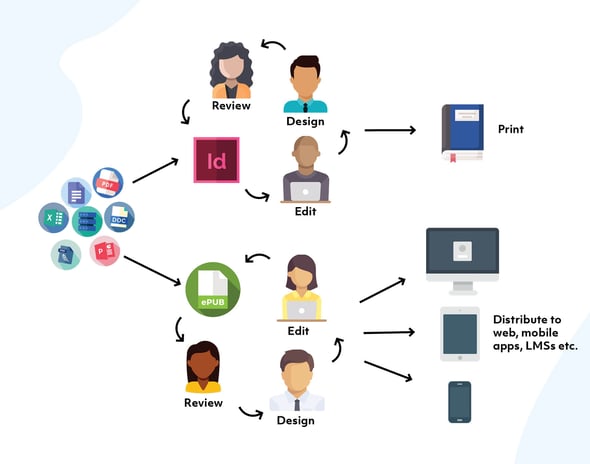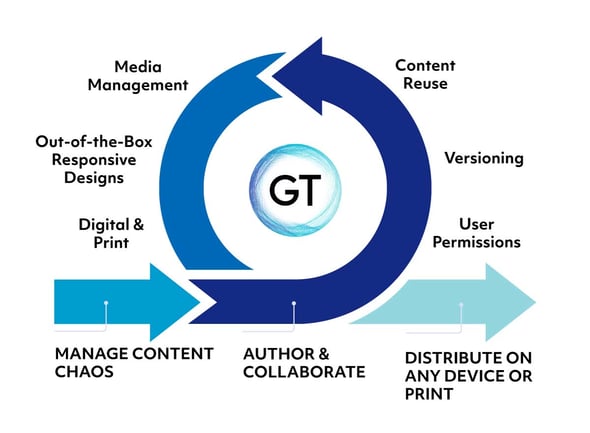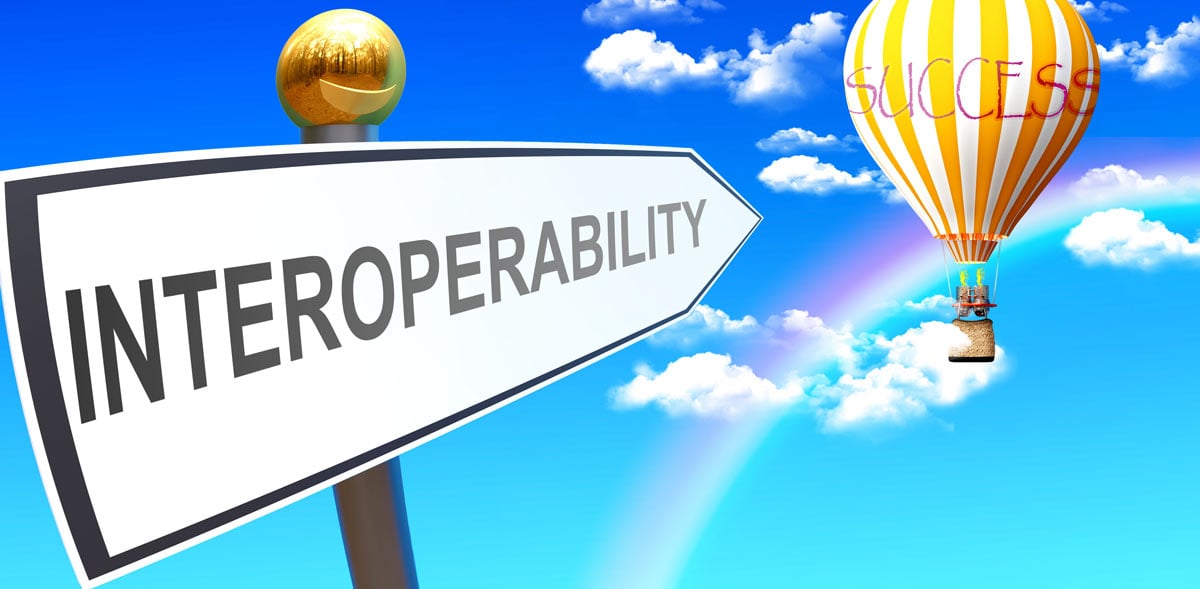In software engineering, developers practice a process called ‘continuous integration’ (CI), which means team members working on a project integrate code into a shared repository on a frequent basis, ideally several times a day. This code is verified and tested automatically so that bugs can be identified quickly and the team build is fast and efficient.
Traditionally, when developers collaborate, individuals take a copy of the current code base from the repository to their machines to work off of before re-submitting to the repository. Several developers may be making copies and submitting changes to the existing code base at the same time. So the code may be added while they are working, along with new libraries, other resources that create dependencies, and potential conflicts. Before each developer can officially submit their changed code to the repository, they must update and test it to reflect all of the changes that were made since they “checked out” the code from the repository and ensure that the code still validates after the updates by others are incorporated. Effective CI ensures changes are regularly reported and merged back into the ‘mainline,’ reducing the risk of integration conflicts and failures when the developer branch is eventually merged back. In addition, good CI will incorporate version control and role-based access. The result is much faster collaborative development with far fewer errors.
Although it originated in software engineering, the CI concept can and should be applied to other industries as well, including publishing. Much as developers alter and update code to create a product, publishers wishing to bring content to market traditionally have numerous authors, editors and other collaborators involved. When this content creation process isn’t properly managed, publishers face many of the same problems that developers not practicing CI would - the number of changes made by different team members and contributors becomes impossible to track, original content gets skewed or lost, and overall time to market is significantly slowed. Traditionally, there will be two separate workflows as well: one for print and one for digital.
Before GT:

The GT end-to-end content management platform applies the principles of CI to the content creation process for more efficient and streamlined collaboration for authoring and editing within your organization, ultimately shortening time to market for your publications and saving you money.
A key attribute for achieving this goal is automation. GT’s platform can significantly reduce manual processes used in traditional print and digital content creation to author and edit efficiently. GT currently partners with several major publishers who leverage the automated features of its platform such as real-time collaboration and versioning, mimicking an effective CI model to allow for a lean development process. Using GT’s platform, publishing teams are more agile, drastically reducing production time and costs and eliminating human error.
After GT:

You might be thinking, why can’t my organization just use versions of a Google doc or other editing tool to collaborate? Well, imagine if a software developer were to have its team develop code on Google docs . . . sure, you can do it, but just because you can, doesn’t mean you should. The advanced features offered by the GT platform deliver significant and obvious value, including:
- Design and Styling: Google docs and similar interfaces are word processors. GT’s platform offers advanced design tools for attractive layouts, text formatting and integrated, dynamic content right out of the box, no coding knowledge required.
- Repurposing: Once content is authored, GT’s platform enables users to easily derive multiple products from the original project via content tagging, child projects, and content reuse, allowing publishers to save time and money, and get more value out of the same content.
- End-to-End Integration: Traditional publishing involves multiple platforms with tools for such tasks as authoring and assessment creation, as well as completely separate workflows for creating and previewing digital and print content. And when it’s time to distribute, there is really NO platform that is device-agnostic. GT seamlessly integrates all of these functionalities in their single platform so publishers can not only streamline the process of developing quality content, but instantly push that content out to any device or to print.
- Distribution: Most collaborative editing tools are for just that - editing. GT holds a patent on a process that combines the creation of digital and print content into one single workflow, drastically reducing time needed to get your content to market with real-time print and digital previews, rapid product prototyping, and multiple export formats so that content can easily be distributed to web, eBooks, mobile, IOS/Android apps and print.
The value of a “CI-type” content creation process to publishers is clear. The ability for multiple collaborators within your organization to author and edit simultaneously coupled with the advanced product features for reuse and distribution outlined above make GT’s platform a superior choice for publishers. Interested in seeing how you can benefit? Click here to schedule a demo with our team to see how we can help you adopt a more efficient end-to-end content creation process.






Leave a comment